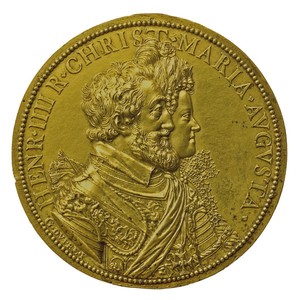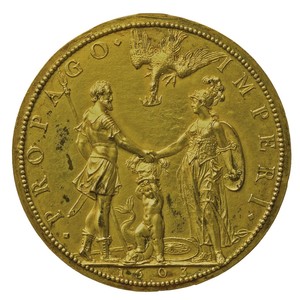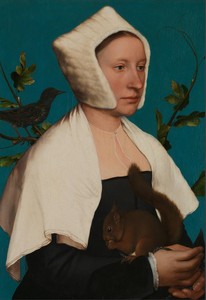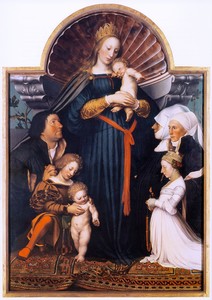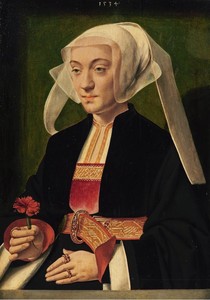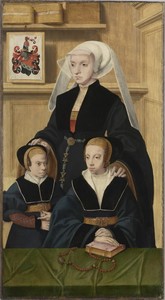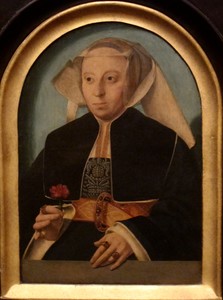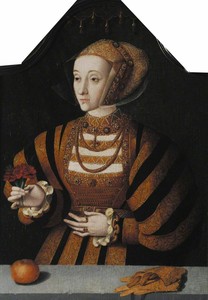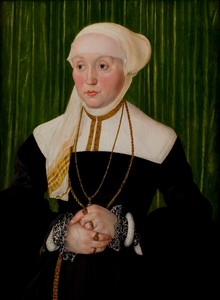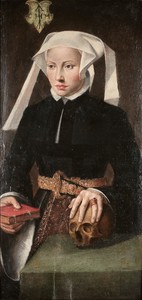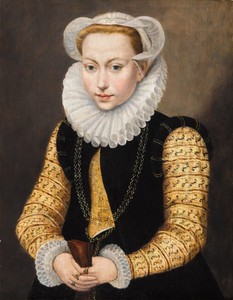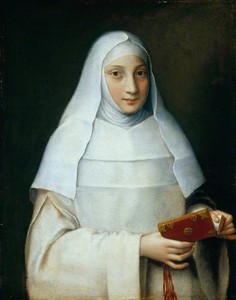South Netherlandish school, circa 1580
Portrait of a lady, three-quarter length, wearing a yellow and black embroidered dress, gold chains, and carrying gloves
Oil on panel : 30,3 X 24 cm
Unsigned
Sold at Sotheby’s London, 8/07/21
For 27.720 £
This portrait was in the past attributed to the workshop of Pourbus I
This is a comparative item
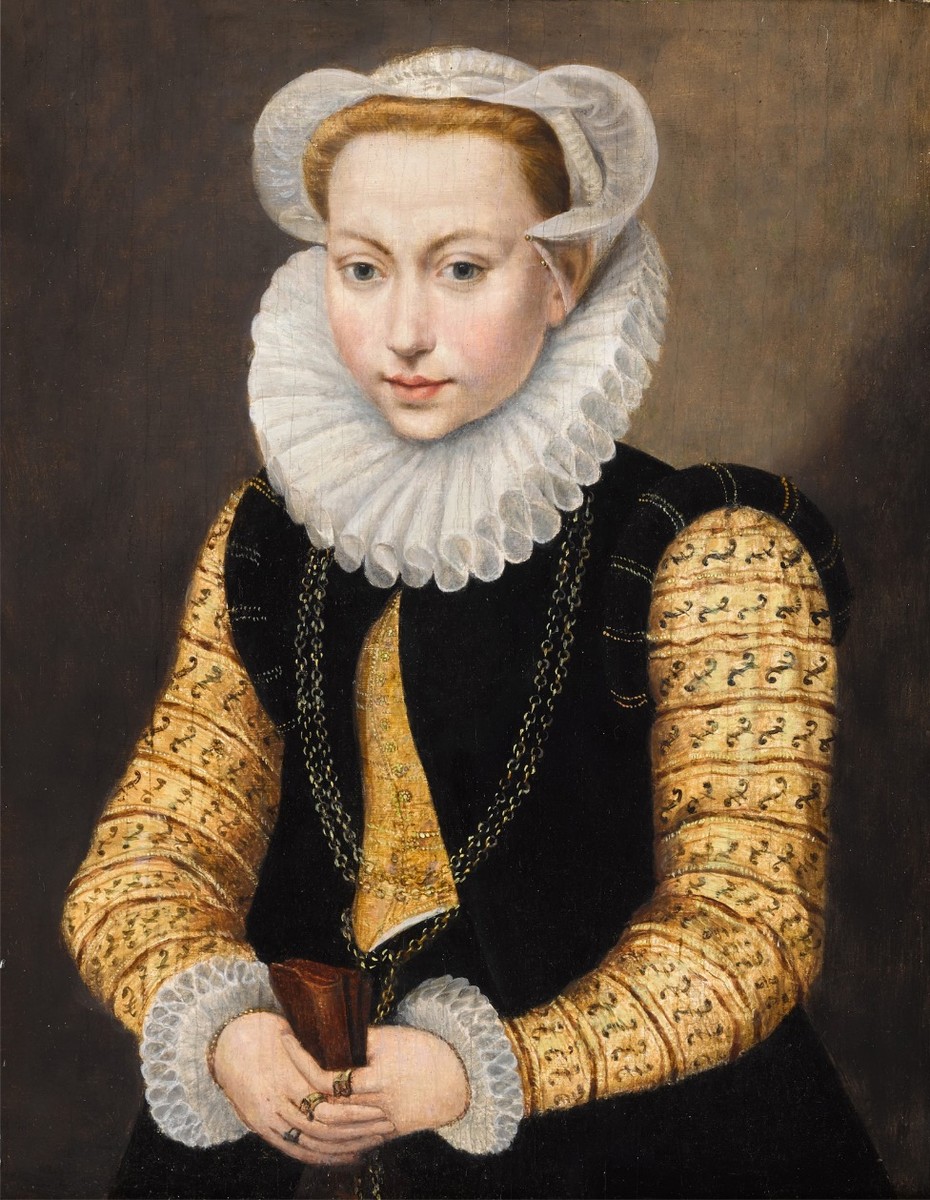
Painting for Sale
Comparative paintings
Click photos for more details

